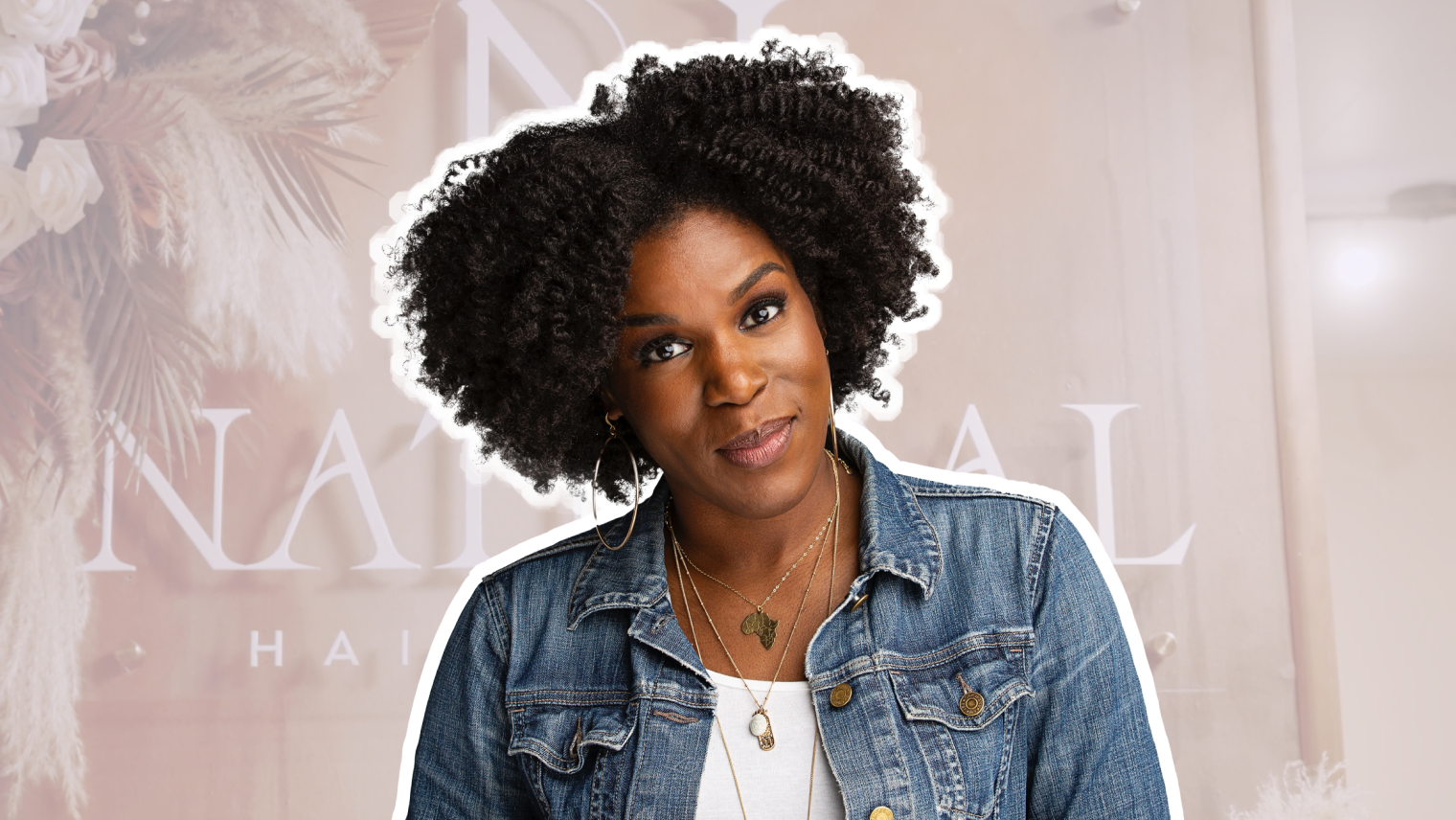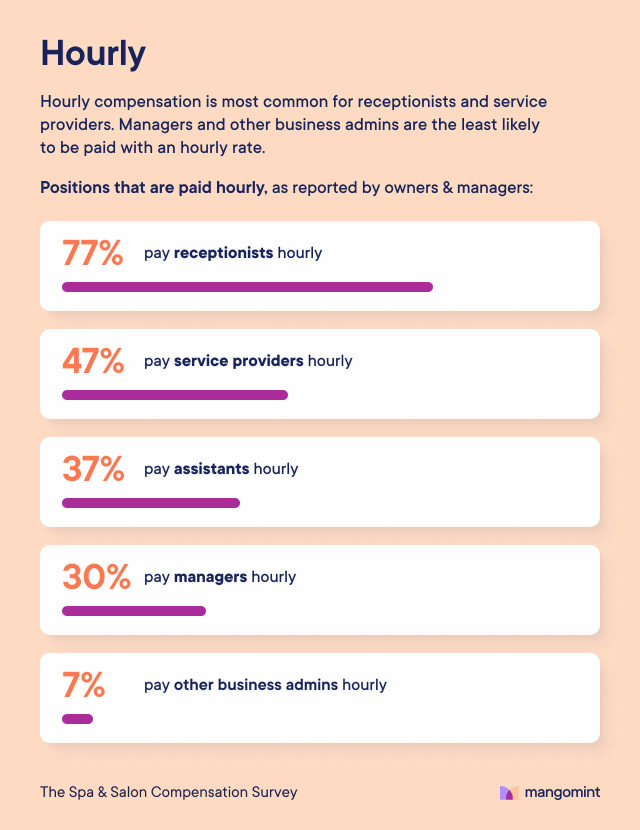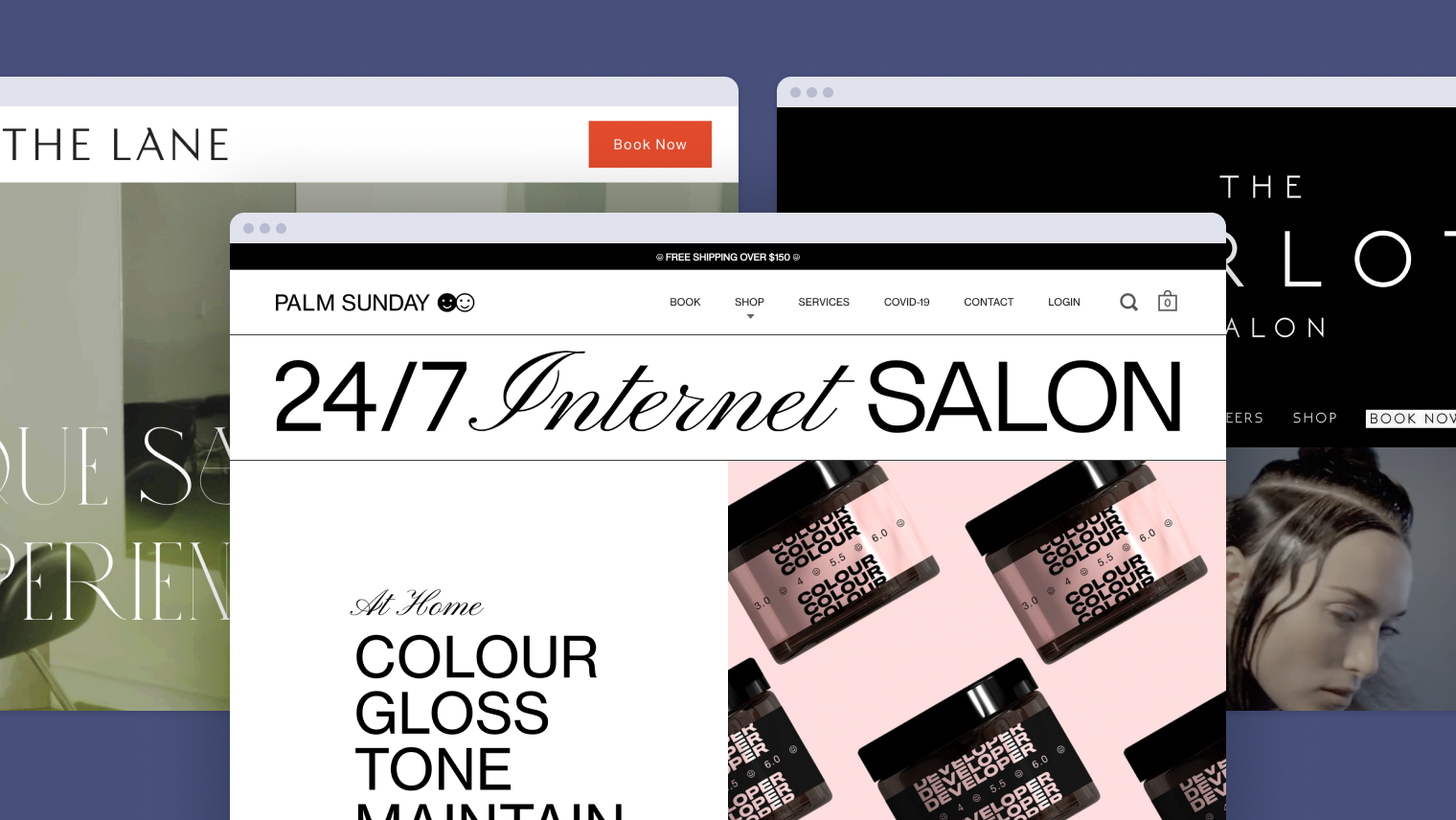
Hourly vs. salary payroll in salons and spas
We surveyed salon and spa professionals to learn how they utilize hourly vs. salary payroll + how much beauty & wellness experts make.

Content Marketing Manager
How do beauty and wellness professionals get paid? As you likely know, the industry’s complex payment structures can include any combination of booth renting payouts, commission, tipping, hourly pay, and salary wages.
With virtually no data available to help beauty and wellness professionals understand the industry, we are here to close the gap. Let’s unpack the hourly vs. salary data findings of the Salon and Spa Compensation Survey.
You can view additional information from our survey with booth rental vs. commission data and salon compensation structure data.
Salon and spa hourly payroll overview
Most salon and spa receptionists (77%) are paid hourly, while business owners and managers are least likely to fall within this category.

Beauty salon positions on hourly payroll
Business owners and managers shared which positions get hourly pay:
Seventy-seven percent (77%) of salon and spa receptionists get hourly pay.
Forty-seven percent (47%) of salon and spa service providers get hourly pay.
Thirty-seven percent (37%) of salon and spa assistants get hourly pay.
Thirty percent (30%) of salon and spa managers get hourly pay.
Seven percent (7%) of other salon and spa business admins get hourly pay.
Hourly rates for salon and spa providers
How much do beauty and wellness professionals make hourly?
While we know tipping is essential in the beauty and wellness industry, professionals also have a base hourly rate to sustain a livable wage. We found that most salon and spa professionals make above minimum wage.

Hourly rates for salon owners and managers
Eighteen percent (18%) of owners and managers make exactly their state’s minimum wage.
Sixty-four percent (64%) of owners and managers make above their state’s minimum wage.
Eighteen percent (18%) of owners and managers make significantly above their state’s minimum wage.
Salon and spa staff hourly wages
Ten percent (10%) of salon and spa respondents make exactly their state’s minimum wage.
Seventy percent (70%) of salon and spa respondents make above their state’s minimum wage.
Twenty percent (20%) of salon and spa respondents make significantly above their state’s minimum wage.
Additional beauty and wellness hourly payroll statistics
Owners and managers were asked about how they track payroll hours and how frequently they pay employees.

How do most salons track hours?
The tracking process for hours can play a critical role in your business’s payment processes.
Software is the most common form of tracking hours, with 68% of salon and spa businesses reporting this method.
Sixty-eight percent (68%) of beauty and wellness businesses use software systems to track paid hours.
Sixteen percent (16%) of beauty and wellness businesses use employee self-reporting systems to track paid hours.
Nine percent (9%) of beauty and wellness businesses use a physical time clock to track paid hours.
Seven percent (7%) of beauty and wellness businesses use other methods of monitoring paid hours.
How frequently do salons and spas pay their employees?
Pay frequency can vary by a business’s POS system, administrative overhead, and so much more. However, payment frequency can also impact your employee well-being and satisfaction.
So, how frequently do salons and spas pay their employees?
Fifty-three percent (53%) of salons and spas pay employees bi-weekly.
Twenty-seven percent (27%) of salons and spas pay employees weekly.
Fourteen percent (14%) of salons and spas pay employees semi-monthly.
Six percent (6%) of salons and spas pay employees monthly.
Salon and spa salary payroll overview
While salary is a less prevalent compensation method in the beauty and wellness industry, it is common among salon and spa managers (67%).

Salary salon and spa positions
Which beauty and wellness professions make a salary?
Sixty-seven percent (67%) of owners and managers reportedly pay managers a salary.
Thirty percent (30%) of owners and managers reportedly pay other business admins a salary.
Twenty-three percent (23%) of owners and managers reportedly pay receptionists & front desk staff a salary.
Twenty percent (20%) of owners and managers reportedly pay service providers a salary.
Ten percent (10%) of owners and managers reportedly pay assistants a salary.
Salary ranges for salon and spa professionals
While it may be less common, the salary payroll model has high approval ratings.
Eighty percent (80%) of owners + managers and eighty-three percent (83%) of salaried staff members reported satisfaction with this payment structure.

Health and beauty leadership roles
Ten percent (10%) of owners and managers have an annual salary of less than $20,000.
Forty percent (40%) of owners and managers have an annual salary between $20,000 and $39,999.
Twenty-three percent (23%) of owners and managers have an annual salary between $40,000 and $59,999.
Seventeen percent (17%) of owners and managers have an annual salary between $60,000 and $79,999.
Three percent (3%) of owners and managers have an annual salary between $80,000 and $89,999.
Seven percent (7%) of owners and managers have an annual salary over $100,000.
Health and beauty staff members
Four percent (4%) of salon and spa respondents make an annual base salary of less than $20,000.
Twenty-nine percent (29%) of salon and spa respondents make an annual base salary between $20,000 and $39,999.
Twenty-one percent (21%) of salon and spa respondents make an annual base salary between $40,000 and $59,999.
Thirty-seven percent (37%) of salon and spa respondents make an annual base salary between $60,000 and $79,000.
Zero percent (0%) of salon and spa respondents make an annual base salary between $80,000 and $89,999.
Eight percent (8%) of salon and spa respondents make an annual base salary above $100,000.
Try Mangomint for free
See Mangomint in action instantly with pre-populated sample data. No credit card required. Free for 21 days.
Try it nowMangomint salon and spa software
Salon and spa compensation doesn’t have to be complicated. Mangomint’s built-in payroll processor makes executing your preferred payment structure seamless. Our spa and salon software’s suite of features includes staff management (with a built-in time clock), online booking, client management, email marketing, and so much more.
If you would like to give Mangomint a try, consider exploring the software with a free trial or booking a live demo to get started today.


